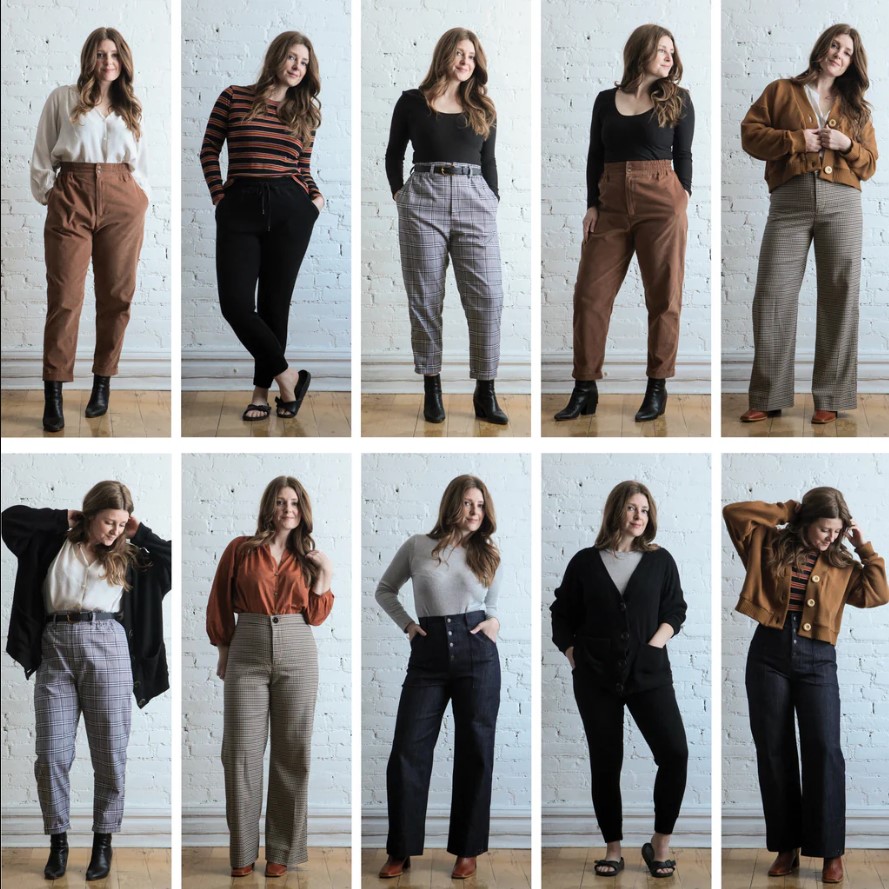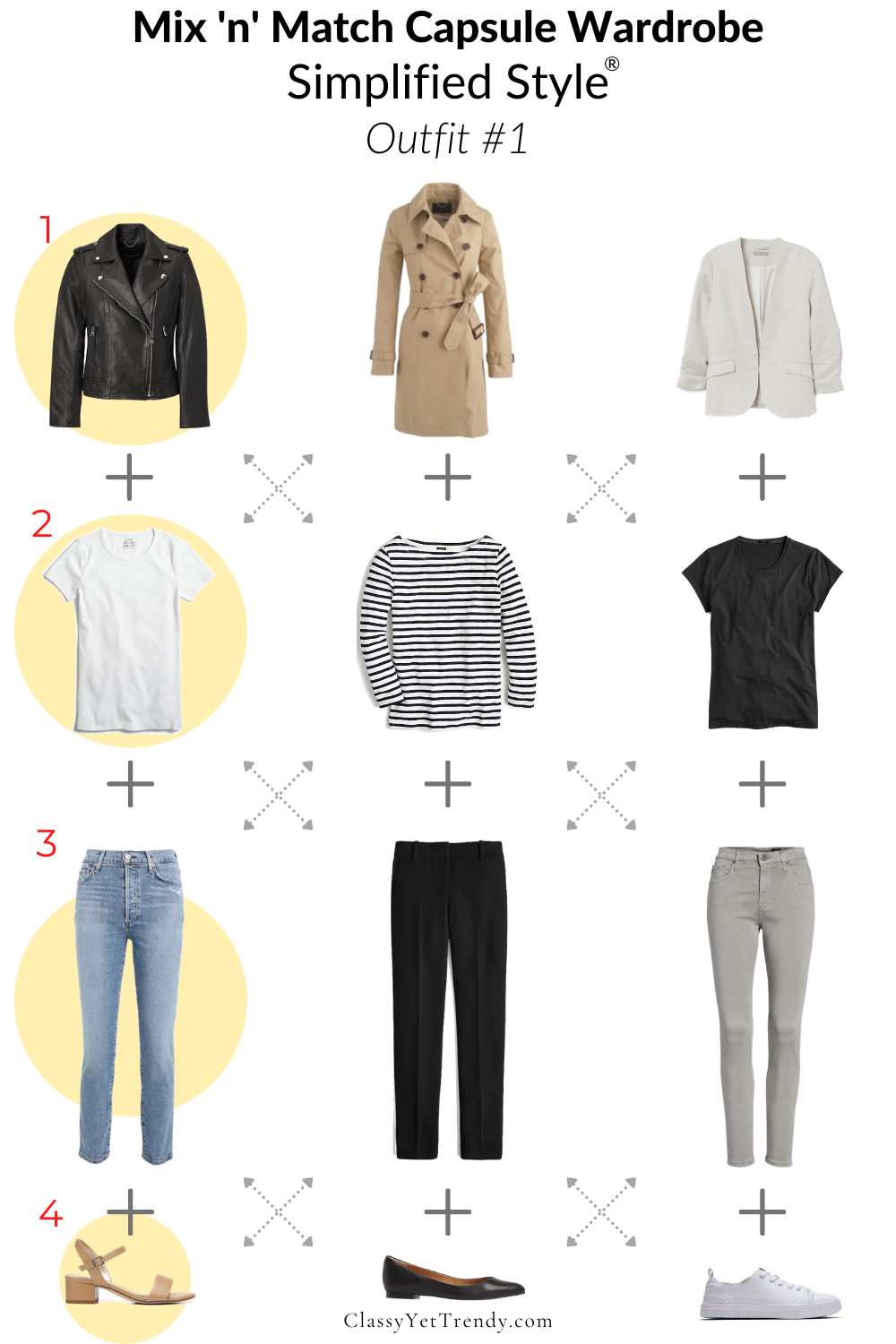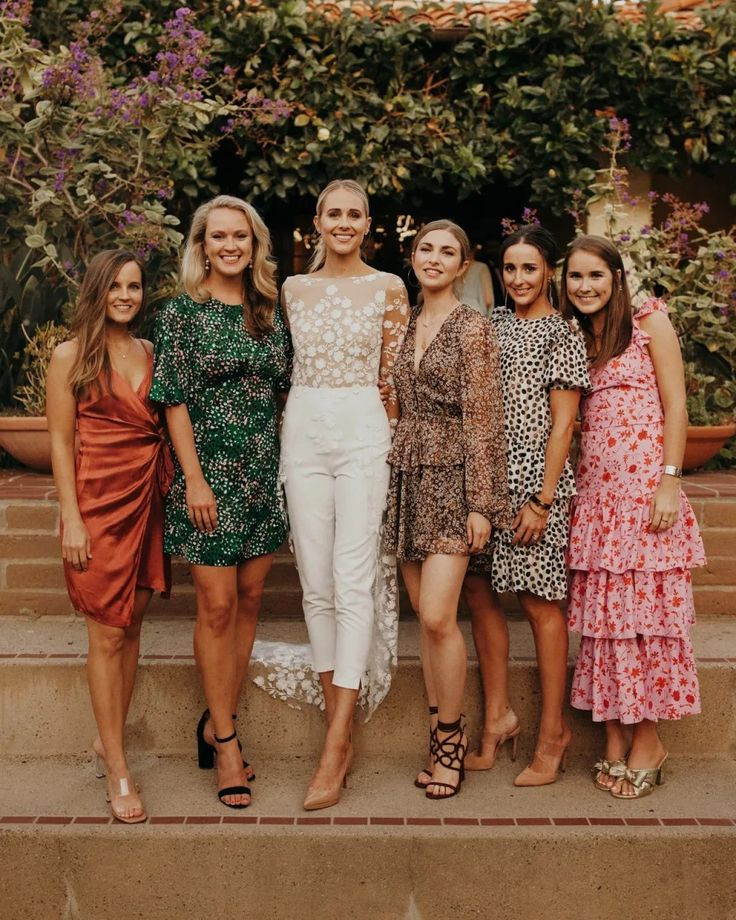If you’ve ever stood in front of a full wardrobe thinking, “I have nothing to wear,” you’re not alone. Most closets are overflowing, yet people still reach for the same handful of outfits. The problem isn’t a lack of clothes—it’s a lack of structure.
By treating your wardrobe like a system rather than a storage space, you can multiply your outfit options without buying anything new. A few intentional tops, bottoms, and layers can easily stretch into weeks of combinations. The result is less clutter, lower costs, and a style that feels effortless every morning.

The problem with numbers
Clothing production has doubled in the last 20 years, but people are wearing items far less often. In the UK, the average wardrobe holds around 118 items, yet a quarter of them haven’t been worn in a year. Many of us own more than we use, and that’s where closet math makes a difference.
The formula that works

The idea is simple: combinations, not single items.
Tops × Bottoms = Outfits
Add layers (blazers, cardigans, overshirts), and the options multiply further.
Example: 6 tops × 5 bottoms × 2 layers = 90 looks from just 13 pieces.
Keep it small: the 3×3 rule
Start with a mini capsule:
3 tops (two neutrals, one print)
3 bottoms (two versatile, one bold)
3 layers (one sharp, one casual, one weather-proof)
That’s 27 outfit combos from just nine items. Add a pair of versatile shoes and you’ve got a month’s worth of looks.
Color math: a 2+2 palette
To avoid mismatches, pick:
Two neutrals (black + camel, or navy + grey)
Two accents (rust + cream, or forest + blue)
Every new piece must work with both neutrals and at least one accent. This keeps your closet cohesive and easy to mix.
One sweatshirt can feel like three items if you play with proportions: tuck it in, layer it over a shirt, or cuff the sleeves. Balancing wide with fitted pieces also makes old items feel new.
The payoff: fewer choices, calmer mornings
When your closet is simplified, dressing shifts from stressful to seamless. Research shows that too many options can create decision fatigue, leaving us drained before the day even starts. A smaller, smarter wardrobe clears that mental clutter.

Instead of wasting 15–20 minutes debating outfits, you know every piece fits, flatters, and pairs easily. That extra time in the morning can be spent enjoying breakfast, catching up on news, or simply leaving home with less stress. The real reward of closet math isn’t just more outfits, it’s more peace of mind.
A quick reset
Pull out anything unworn in the past year.
- Choose your 2+2 color palette.
- Build a 3×3 module.
- Track what you wear for a month.
- Fill gaps only when you need to.
Final thought
It is not about strict minimalism or stripping away personality, it’s about intentional design. With a few guiding rules, you can unlock hidden combinations, stretch your favorite pieces further, and spend less chasing trends.
Think of it as building a wardrobe that works for you instead of against you. Less clutter, smarter choices, calmer mornings, that’s the real equation.
Post Comment
Be the first to post comment!






